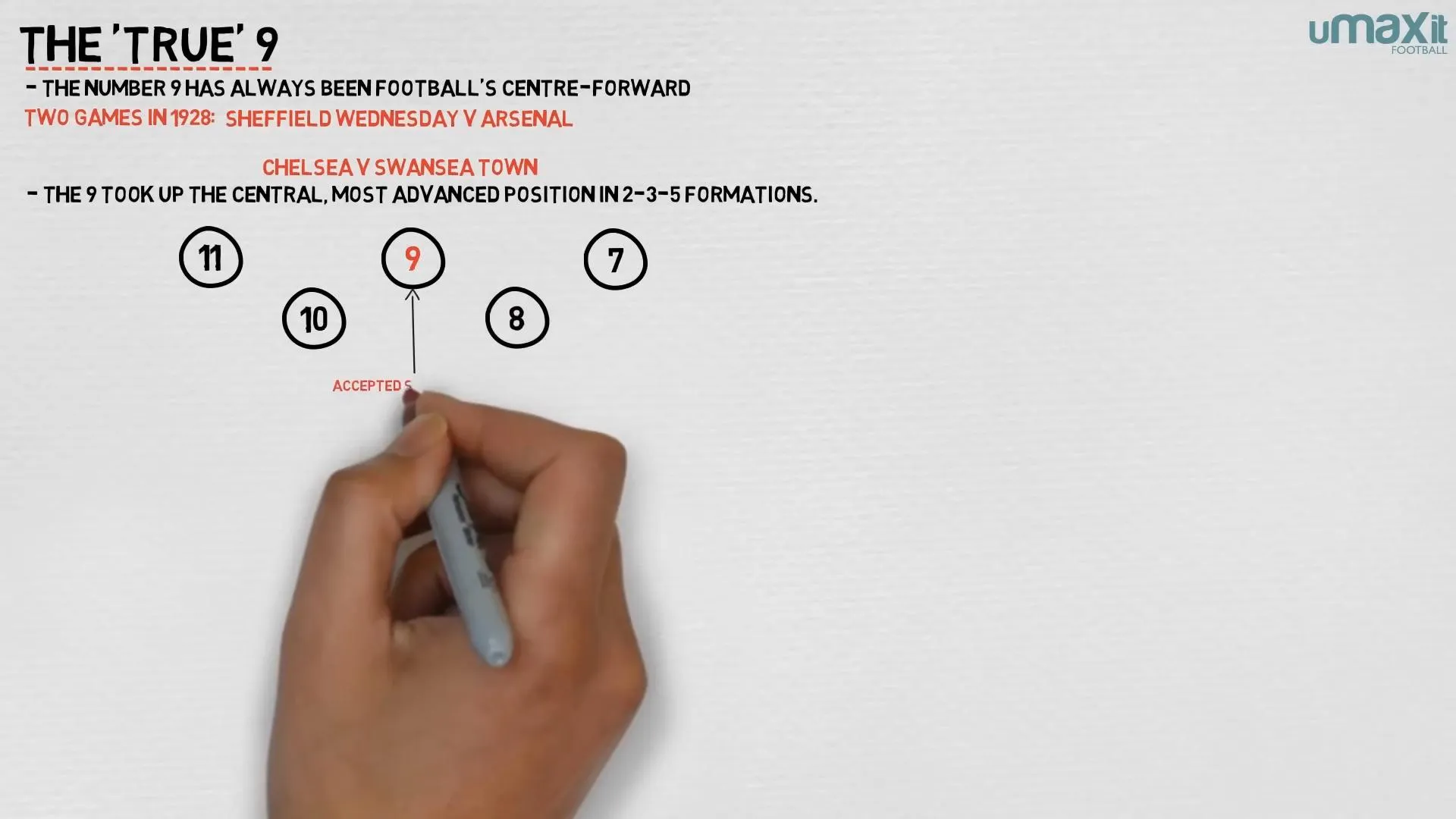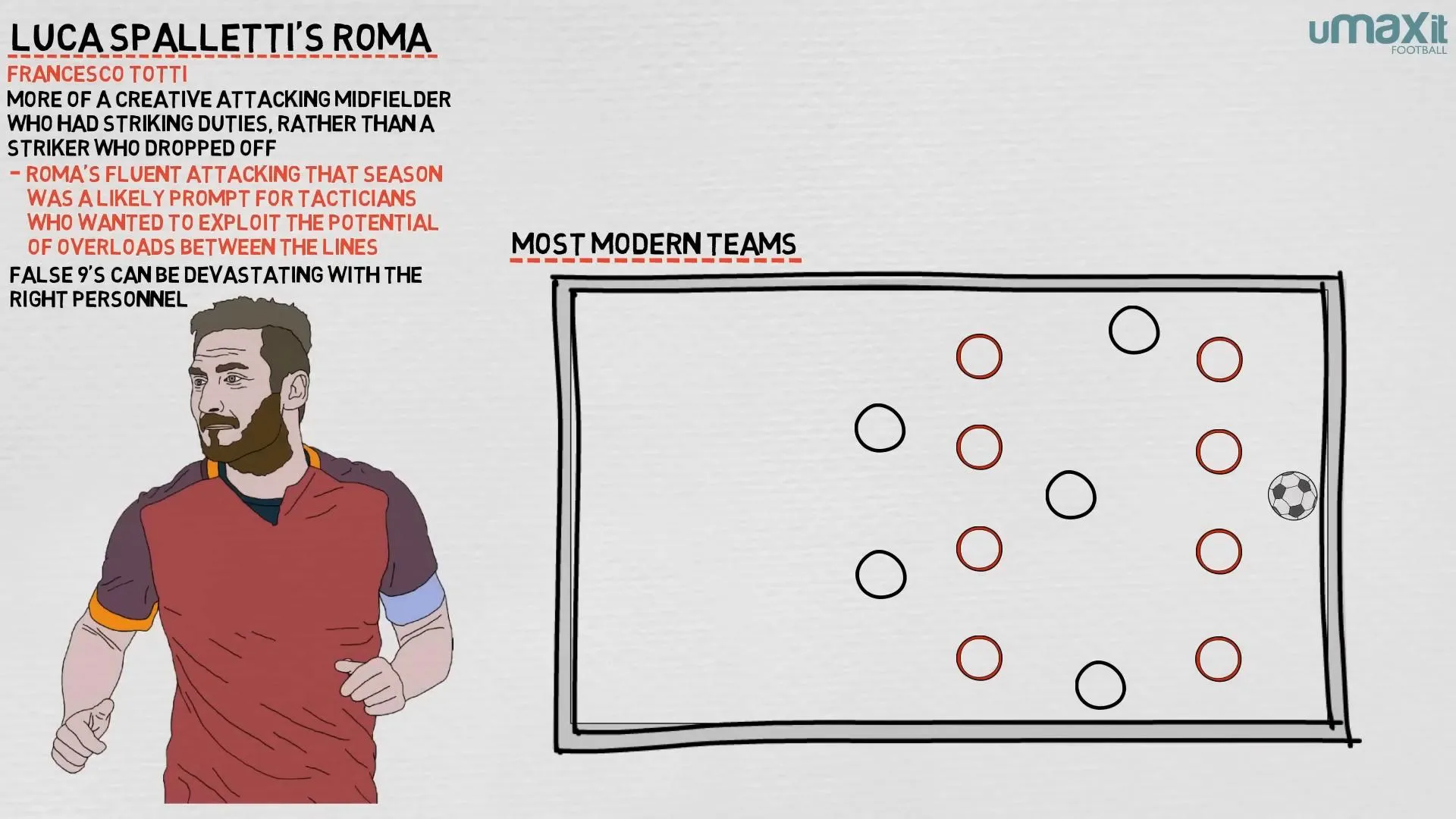False nine soccer is a term that captures a unique tactical role in football, often leaving fans and analysts alike pondering its intricacies. What exactly is a false nine, and how does it differ from traditional strikers? In essence, a false nine is a deep-lying forward who drifts away from the center of the pitch, creating confusion among defenders. This strategy forces defenders to make split-second decisions about whether to follow the false nine or maintain their position, leading to tactical advantages for the attacking team. But how did this concept evolve, and who are the notable players that have defined this role? Let’s delve deeper into the world of false nine soccer to uncover its significance in the sport.
Understanding False Nine Soccer: A Tactical Breakdown
The false nine soccer role revolutionizes how teams approach attacking play, shifting the focus from a traditional center-forward to a more fluid attacking strategy. This tactical innovation has roots tracing back to various historical football styles, most notably popularized by Pep Guardiola during his tenure at Barcelona with Lionel Messi.
The Evolution of the False Nine Role
Historically, the number nine has been synonymous with the center-forward position. However, the rise of the false nine has challenged this notion. The term gained traction in the 1930s, with influences from the “noob school” of football, and further developed by teams like the Magical Magyars of the 1950s.
– **Key Historical Figures**:
– **Matthias Sindelar**: Often regarded as one of the first famous false nines, Sindelar’s style exemplified a creative approach that dropped deep to create opportunities.
– **Francesco Totti**: Before Messi, Totti demonstrated the potential of the false nine at Roma, showcasing fluid attacking movements.
False Nine vs. Traditional Striker
In contrast to the conventional number nine, who typically plays on the shoulder of the last defender, the false nine operates between the lines, often confusing defenders about their positioning. This creates a dynamic attacking triangle or diamond, allowing for diverse passing options:
1. **Creating Overloads**: The false nine’s movement can pull defenders out of position, creating space for wingers or midfielders to exploit.
2. **Zonal vs. Man Marking**: Modern defenses have shifted towards zonal marking, which can struggle against the fluid movement of a false nine.
Strategies Employed by False Nines
In false nine soccer, the strategy revolves around creating superiority between lines through rehearsed movements and quick passing. Guardiola’s utilization of Messi exemplifies this perfectly.
Positional Play Theory Explained
Guardiola’s approach was rooted in positional play, aiming to create numerical advantages in critical areas of the pitch. By instructing Messi to drop deeper, he allowed Barcelona to maintain possession and control the tempo of the game.
Key Elements of the False Nine Strategy
– **Fluid Movement**: The false nine must possess excellent movement, allowing them to drift into spaces that disrupt defensive structures.
– **Passing Precision**: Quick, accurate passing is essential to exploit the created spaces efficiently.
– **Teamwork**: The success of a false nine strategy heavily relies on the understanding and chemistry among teammates.

Notable Players Who Excelled as False Nines
The effectiveness of the false nine has been demonstrated through several key players who have mastered this role.
Lionel Messi: The Archetype of the False Nine
Under Guardiola’s guidance, Messi transformed the false nine role into a lethal weapon, leading to numerous titles and individual accolades. His ability to draw defenders and create space for teammates was a hallmark of Barcelona’s dominance.
Roberto Firmino and the Modern False Nine
Liverpool’s Roberto Firmino is another example of a contemporary false nine, using his unique skill set to drop deep and link play, allowing wingers like Sadio Mané and Mohamed Salah to thrive.
Other Notable Mentions
– **Cesc Fabregas**: Utilized in a similar role during Euro 2012 for Spain, showcasing the versatility of the position.
– **Diego Costa**: Although primarily a traditional striker, Costa has incorporated elements of the false nine into his game.

The Decline of Pure False Nines in Modern Football
Despite their effectiveness, the rise of pressing and tactical flexibility has seen fewer pure false nines in recent seasons.
Changing Dynamics of Striker Roles
The modern game has evolved, with many forwards now incorporating aspects of the false nine into their play. Players like Andy Carroll have even adapted their game to drop deeper, reflecting a blend of traditional and false nine attributes.
The Future of False Nine Soccer
As teams continue to adapt to new tactical demands, the concept of the false nine may evolve yet again. The relevance of this role in the future of football remains a fascinating topic of discussion among fans and analysts alike.
Key Takeaways from the False Nine Concept
– The false nine role reshapes attacking dynamics, creating confusion for defenders and opening up spaces for teammates.
– Historical influences and notable players have shaped the understanding and execution of this tactical role.
– Modern football’s shift towards pressing and zonal marking may influence the prevalence of pure false nines in the future.
As we witness the evolution of football tactics, the impact of the **false nine soccer** strategy continues to resonate. From its historical roots to its modern applications, the false nine remains a compelling element of the beautiful game, prompting discussions about its future and the players who embody this unique role.
